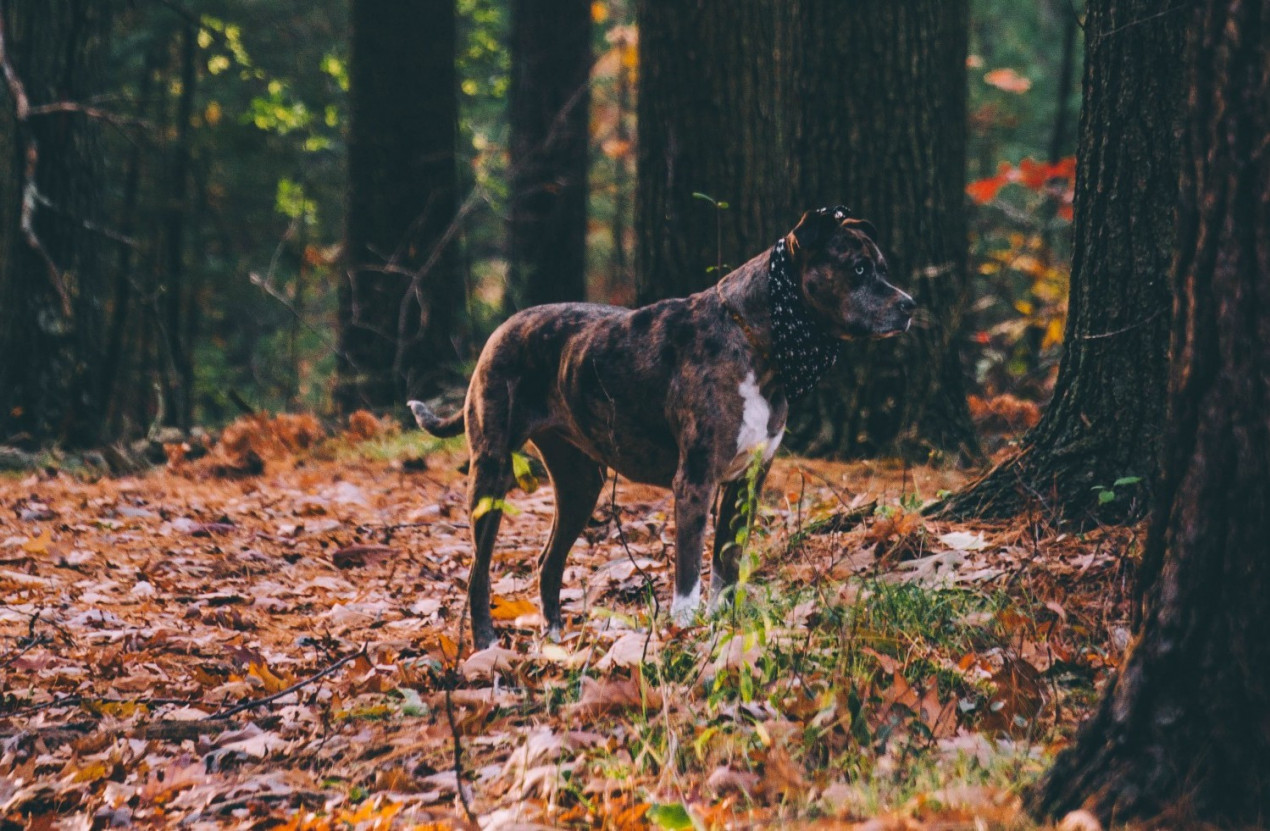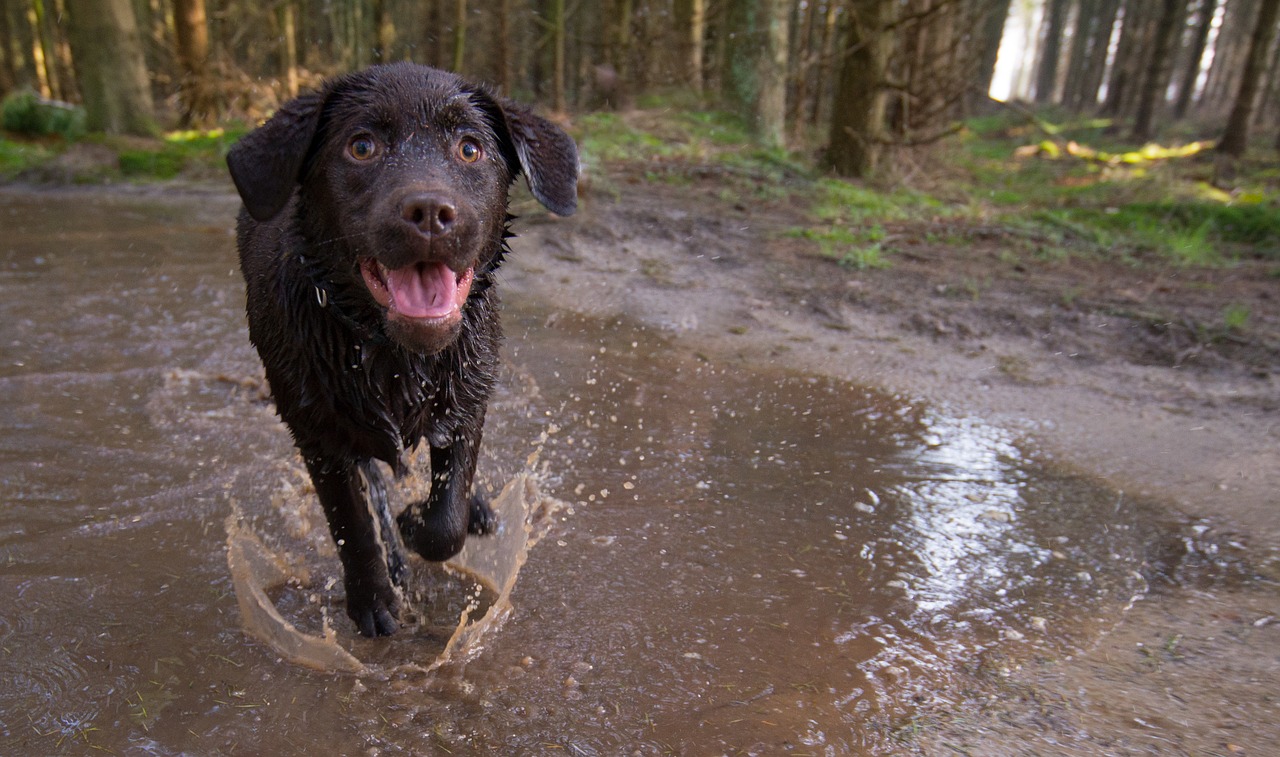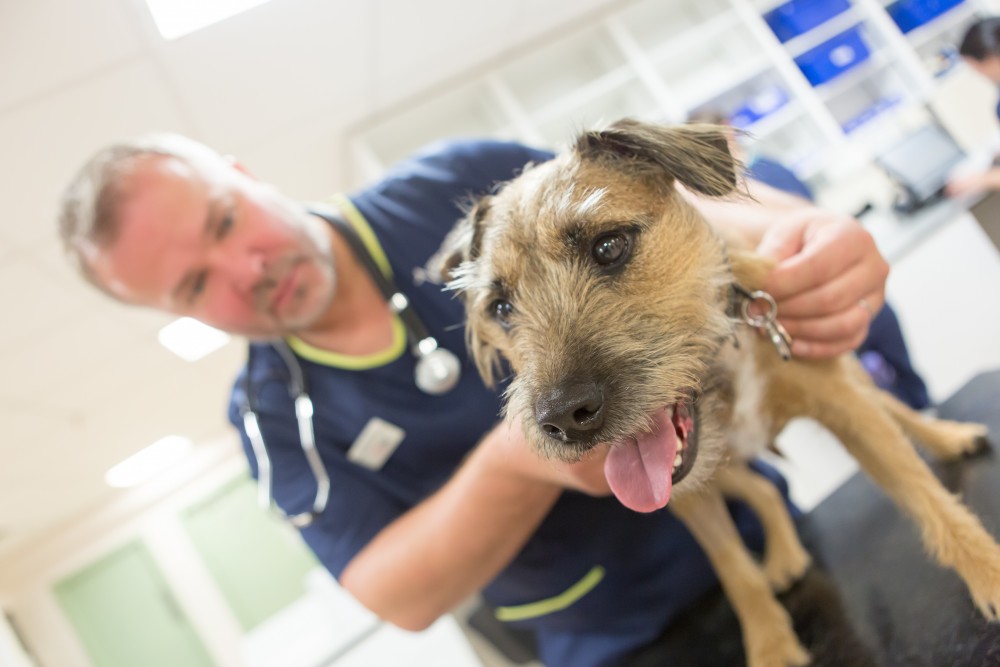
Vital information for dog owners worried about Alabama rot UK
Alabama rot disease in dogs (also known as CRGV) has been dubbed the “black death” because it’s so aggressive. Now dog owners are being warned cases are on the rise across the UK and Ireland.
Unfortunately, because the disease is relatively new, little is known about it. But, here, we have tried to answer all of the burning questions – covering symptoms, treatment and prevention – dog owners are asking about Alabama rot.

1. Why is it called Alabama rot?
The first outbreak was in greyhounds in the US state of Alabama in the 1980s. But as it was relatively short-lived, it quickly fell off the radar and no clinical research was carried out into its causes. The disease first appeared in the UK in 2012 and, to date, has claimed the lives of more than 100 dogs. Its official name is actually cutaneous and renal glomerular vasculopathy, or CRGV for short.
2. How do dogs catch Alabama rot?
The cause of Alabama rot is not yet known. There is some anecdotal evidence to suggest it could be picked up by pets drinking in the outdoors, although this has not been proven. It’s also suspected the disease spreads from muddy and wooded areas as many of its victims were diagnosed after being walked in woods. Vets “strongly suspect” there is an environmental trigger – possibly a toxin in the mud dogs are absorbing. One theory is a bacteria called Aeromonas hydrophila, which affects fish, is to blame. Studies into this are ongoing. But what’s confusing vets is hundreds of dogs walk in the same areas of countryside every day, and only a tiny number have been affected by the dog disease. This could mean those dogs have some intrinsic predisposition it.
3. How can I prevent my dog getting Alabama rot?
As the cause is not known, it’s difficult to provide advice on how to prevent dogs from catching it. The only prevention advice available is to wash your pet if they become wet and muddy on a walk, although this is based on common sense rather than science.
4. What are the symptoms of Alabama rot in dogs?
The most obvious signs are unexplained skin lesions. They are often circular and typically appear on the lower leg, below the elbow or knee – although, in rare cases, they’ve also been found on the stomach and face. The lesions may look like a swelling or ulcer. Dogs affected are likely to lick the wounded area and it will become hairless. The lesions are likely to be followed by kidney failure, which is typically accompanied by vomiting, tiredness and lack of appetite. These signs can take up to 10 days to present.

5. Is Alabama rot contagious?
It doesn’t appear to be. There are no known cases of it spreading from dog to dog.
6. Is there a cure for Alabama rot?
The good news is some dogs with suspected Alabama rot have survived. But the difficulty is vets can only provide 100% confirmation of the disease through analysis of kidney tissue. This is typically obtained after the animal has died. At the moment the disease cannot be diagnosed using blood tests or even analysis of skin lesion samples, so it’s very difficult for vets to know for certain whether a surviving pet actually had the disease. What we do know is around 80-85% of dogs who contract suspected Alabama rot and go on to develop kidney injury do not survive and the average time for dying is just seven days.
7. What is the treatment for Alabama rot?
If your dog develops skin lesions your vet will decide whether the area needs covering and whether antibiotics are appropriate. However, time is of the essence and by far the best chance of success is early, aggressive veterinary treatment. If you fear your dog may have the disease you should contact your vet immediately or, out of hours, your nearest Vets Now pet emergency clinic or 24/7 hospital.
8. Can all dog breeds get Alabama rot?
It would appear so. In the 1980s the condition was confined almost exclusively to greyhounds, but the outbreak in the UK has resulted in the death of several breeds, all of different size and weight. So far, the disease has claimed the lives of Labradors, English springer spaniels, whippets, cocker spaniels and flat-coated retrievers, among other breeds.
9. When and where is Alabama rot most prevalent?
Over the past three years, there have been proportionately more cases in the winter and spring months than summer and autumn. The most serious outbreak was in the New Forest region of Hampshire, although this may partly be down to high awareness of the disease among local vets. There have also been cases elsewhere, including Greater Manchester, Merseyside, West Yorkshire, Gloucestershire, Monmouthshire, Devon, Dorset, Wiltshire, County Durham, southern Scotland and Northern Ireland. The map on this page pinpoints where those cases have been reported.
10. What are the chances of my dog catching Alabama rot?
Thankfully, very slim. There are 8.5 million dogs in the UK and only a few hundred have been diagnosed with the disease. That works out at less than 0.002% of the dog population.
11. Can Alabama rot affect humans?
Owners of dogs with the disease have not been affected by the illness and there is no evidence to suggest it can spread between animals and humans. The condition, however, does have some similarities to diseases found in humans and data is being used from those cases to help determine how to treat affected dogs.
12. Can cats get Alabama rot?
The disease has not been seen in any animals other than dogs and there’s no evidence to suggest it poses a risk to other animals, including cats and rabbits.
13. What next for Alabama rot?
In May 2017, the first-ever Alabama rot conference was held in Reading, Berks. At the event experts from across the UK, including Amanda Boag, clinical director of Vets Now, put their heads together to consider an action plan for the disease. A huge amount of research is also being carried out into its causes. Scientists are looking for infectious agents such as bacteria, viruses and fungi as well as toxins in dogs affected. At the moment there is no vaccine for the disease as the cause has not been established. Once this is the case it’s hoped a vaccine could be developed.
